If you’re looking into solar power, you’ll hear about "MPPT" a lot. It sounds a bit techy, but it’s super important. It helps get the most energy from your solar panels.
Think of it like a smart helper in your solar inverter. It works hard so you save more money.
So, why is MPPT such a big deal? Let’s look at it in simple terms. We’ll see why it’s a must-have for good solar power setups today.
MPPT Basics: What Exactly Is It?
Maximum Power Point Tracking, or MPPT, is a smart kind of DC-to-DC control. It’s built into modern solar inverters. Its main job is to keep adjusting how the solar panels work. This means it changes the voltage and current.
An MPPT is a key part of a solar inverter. It works to get the most power from solar panels by always finding their best operating point.
It does this so the panels always give the most power they can. This is called their "maximum power point."

The output of solar panels varies based on the amount of sunlight and the temperature conditions, whether hot or cold. An MPPT actively looks for the best working spot for the panels. This can mean getting around 30% more energy compared to older systems. This is especially true when the weather changes fast, like on cloudy days.
In big business solar setups, over 100 kW, even a tiny 0.5% gain in MPPT smarts can mean big savings. In Europe, with power at about €0.15/kWh, that small bit extra can mean about €700 more per year. That’s often more than what one check-up visit for the system costs!
Why MPPT Matters More Than Older Tech
Older solar systems sometimes used simpler ways to get power. One example is PWM (Pulse Width Modulation).
- PWM: This way connects panels more directly to batteries. It can lose power if the panel voltage isn’t a perfect match for the battery voltage.
- MPPT: This way is much smarter. It can change the panel’s voltage to get the most power. Then, it changes that power to what the battery or the grid needs. This means much less wasted energy.
How MPPT Works: Finding the Panel’s "Sweet Spot"
So, how does MPPT find this "sweet spot" for power? It’s not magic, but it’s very clever. Most MPPTs use a smart plan. A common one is called "Perturb and Observe1" (P&O).
MPPT works by making small, quick changes to the solar panel’s voltage. It watches the power output and keeps adjusting to always get the most energy.
Here’s a simple way to think about it:
- The MPPT makes a tiny change to the panel’s working voltage.
- It then "observes" if the power output went up or down.
- If power went up, it keeps making changes in that direction.
- If power went down, it knows it went too far. So, it changes back the other way.
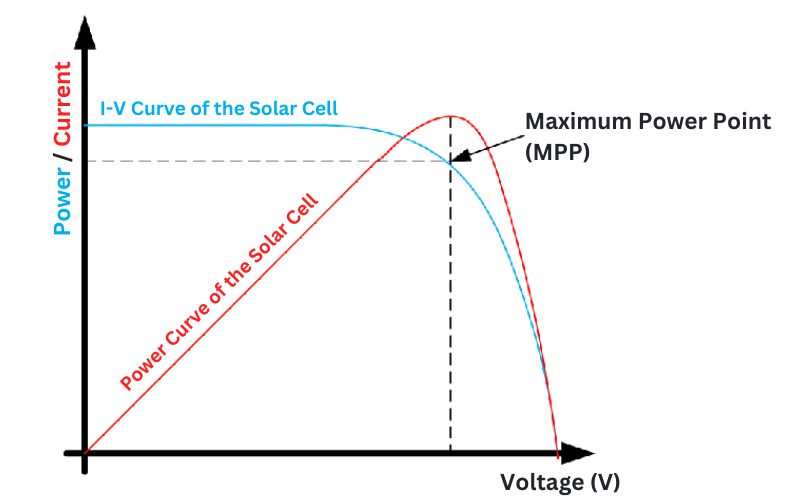
This happens very fast. It might check every 10 to 100 milliseconds. It’s always checking the panel’s I-V curve. The MPPT looks for the spot where power (Voltage times Current) is the highest.
This constant checking means the inverter reacts fast to changes in sun or panel heat. The panels always work their best.
Consider projects where clouds move really fast. When that happens, power levels can jump up or down quickly (like over 800 Watts per minute). In these cases, the newer MPPTs are much better. They can find the best power spot about three times faster than older P&O types.
This quickness stops about 2-3% of power loss2. This loss can happen when things change fast. For big panels, like 700W ones often used with SAJ R6 inverters, this adds up. It means a lot more energy over time.
Different MPPT Algorithms Explained
There isn’t just one way MPPTs work. Engineers have come up with a few main methods:
1. Perturb & Observe (P&O)
This is the most common one we just talked about.
- How it works: Makes a small change, sees if power goes up or down, then decides what to do next.
- Pros: Simple, usually effective.
- Cons: Can sometimes get confused if sunlight changes very fast.
2. Incremental Conductance (IncCond)
This one is a bit more complex.
- How it works: It looks at how much the voltage and current are changing together.
- Pros: Can be faster and more accurate than P&O, especially when sunlight is changing very quickly.
- Cons: A little more complicated to build into the inverter.
3. Voltage Scanning / Sweep
Some MPPTs use this method, especially for tricky situations.
- How it works: Now and then, the MPPT will quickly check the whole voltage range of the panel.
- Pros: Good for making sure it hasn’t missed the true MPP, especially if there’s some shading on the panels.
- Cons: The scan itself might briefly interrupt maximum power harvesting.
Each method has its good and bad points. These relate to speed, how accurate it is, and how much it costs to build into an inverter.
MPPT’s Top 3 Myths: Don’t Let Them Cost You Energy
There are some common wrong ideas about MPPTs. Let’s clear a few up so they don’t cost you energy.
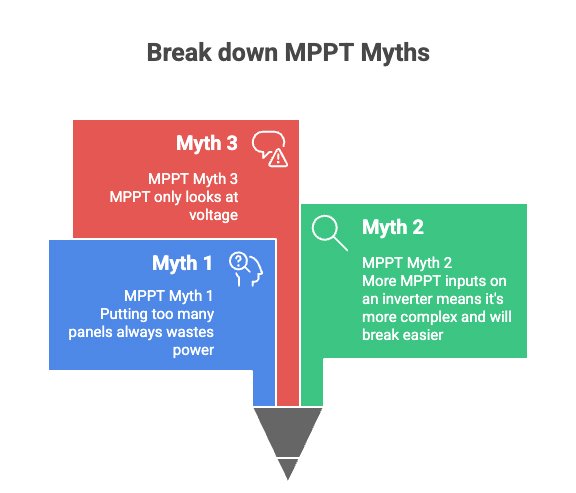
Myth 1: "Putting too many panels (DC oversizing) always wastes power."
Some people think if you have way more panel power than your inverter can output, you’re just throwing power away. This is called "clipping," and it can happen. But it’s not always a bad thing.
MPPTs don’t always waste power when oversized. Also, multiple MPPTs can improve system health on complex roofs; they don’t just add failure points.
Field data and research often show something interesting. Even if you have double the panel power (a 200% DC/AC ratio), and maybe 4% of the power gets "clipped" on super sunny days, you can still get 5% or more extra energy over the whole year.
Why? Because the extra panels help make more power on cloudy days, or in the morning and evening. And adding more panels often costs less than buying a much bigger inverter. So, the project can actually make its money back faster.
Myth 2: "More MPPT inputs on an inverter means it’s more complex and will break easier."
This sounds like it could be true, but it’s usually not.
Having several MPPT inputs is actually great for roofs. This is especially true for roofs with different sections or some shade, because each MPPT part works on its own for its group of panels. If one group has a problem (like shade), it doesn’t mess up the other groups. This can even help panels last longer. It does this by stopping problems like hot spots.
Myth 3: "MPPT only looks at voltage."
That’s too simple. Yes, voltage is important. But a good MPPT looks at more. It checks current. It checks panel temperature. And it checks how much sun is hitting the panels. This bigger picture helps it find the real best power spot. This is especially true when things change fast.
Multi-MPPT Power: How it Maximize Yield from Complex Roofs
Not all roofs are perfectly flat and facing south. Many have different angles or face different ways (like east and west sections). Some roofs have shade from trees or chimneys. This is where having more than one MPPT really helps.
Multiple MPPT inputs let an inverter get the best power from different panel strings by themselves. This is great for roofs with varied setups or shade, leading to more total energy.
If an inverter only has one MPPT, all panels have to work at the same average level. If some panels are shaded or facing a different way, the whole system makes less power.
But an inverter with two, four, or even more MPPTs (like some big SAJ C6 inverters for businesses) treats each group of panels like its own little power plant. Each MPPT finds the best "sweet spot" for its own panels. So, problems in one area don’t hurt the power from other areas.

Tests by smart people, like at Fraunhofer ISE, showed something. For roofs with panels facing both east and west, using two MPPTs made about 3.8% more energy in a year than using just one.
In a large 500 kWp factory project, a specific approach was used. SAJ inverters with several MPPTs that could handle a lot of current were chosen. (For example, R5 inverters often have 2 MPPTs at 16A each. R6 inverters can have up to 4 MPPTs at 22.5A each).
This choice allowed for getting the most power from all the different roof parts. It also made things simpler. It meant not needing 14 extra boxes (called combiner boxes). And it meant about 180 meters less copper wire. That saved about €3,000 just on parts. That’s not even counting saving time on putting it all together!
Benefits of Multi-MPPT Design: A Quick Table
| Feature | Single MPPT System | Multi-MPPT System |
|---|---|---|
| Roof Suitability | Best for simple, unshaded roofs | Ideal for complex, shaded, multi-pitch roofs |
| Shade Impact | High (one shaded panel affects string) | Low (isolates shaded strings) |
| String Design | All strings should be identical | Allows different string lengths/types |
| Overall Yield | Potentially lower on complex roofs | Maximized on complex roofs |
| BOS Complexity | May need more combiners for some designs | Can simplify by reducing combiners |
Shading & Oversizing Challenges: How MPPT handles Reality’s Complex Solutions
Shade is a big enemy of solar power. Even a little shade on one panel can cut the power from a whole string of panels, if the system isn’t smart. New MPPTs, especially those with better brainpower (algorithms), are getting good at handling this.
Smart MPPTs use advanced methods to find the best power point even with shade. They also manage oversized panel arrays to get more energy over time, not just at peak sun.
Some MPPTs can do "shade scans." Others use AI-like smarts. When there’s shade, the power curve from the panels can have a few bumps. There might be a small power peak and the real, best power peak. Basic MPPTs might get stuck on the small peak and lose power. Smart MPPTs can look harder or use smarter ways to find the real best peak, even with tricky shade. They can be right over 99% of the time.
Then there’s putting on more panels than the inverter is rated for. This is DC oversizing, which we talked about. The trick is how the MPPT and inverter handle it. It’s common now to oversize. It often makes good money sense.
Studies, like from MDPI, show that even if you lose a little power (less than 4%) on the sunniest days, the project still makes good money. It can even pay for itself faster. This works great with inverters made for lots of panel power and high current. Some SAJ R6 and C6 models, for example, can take 22.5A per string.
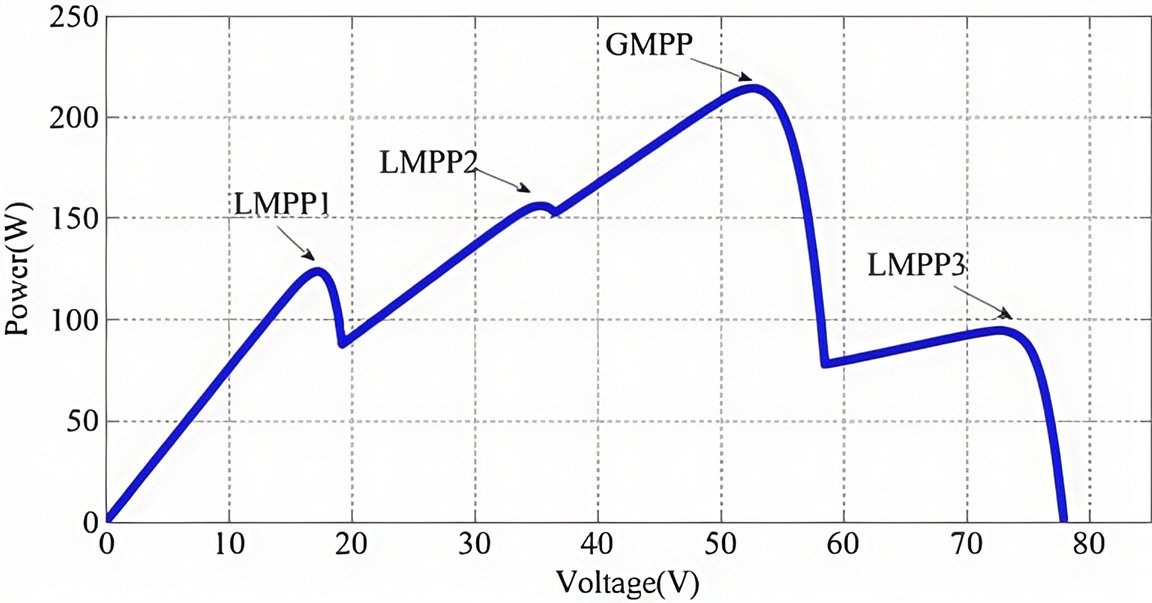
The MPPT makes sure that even when power is "clipped" at midday, the inverter is working its best. And the rest of the time, all that extra panel power is used to make more energy.
How Smart MPPTs Deal with Shade: A Closer Look
Here are a couple of ways smart MPPTs handle shade:
Global MPPT Scan
Now and then, the MPPT will quickly check the whole possible voltage range of the panels.
- This helps it "jump out" if it’s stuck on a local power peak caused by shade.
- Then it can find the true highest power point.
Bypass Diode Coordination
Panels have things called bypass diodes.
- When a part of a panel is shaded, these diodes let the current flow around the shaded part.
- The MPPT has to work with how these diodes change the string’s voltage and current to still find the best power.
Easily Understand MPPT Data: Key Points for Easy Tuning & Optimization
You don’t need to be a solar expert to learn from your inverter’s MPPT data. New inverters, especially if they connect to a website or app (like SAJ’s eSolar Portal), show a lot of info.
By looking at a few key MPPT numbers like voltage, current, and power per string, you can spot potential issues or confirm your system is running well.
Knowing a few main things can help you see if there are problems. Or it can show if your system is working great.
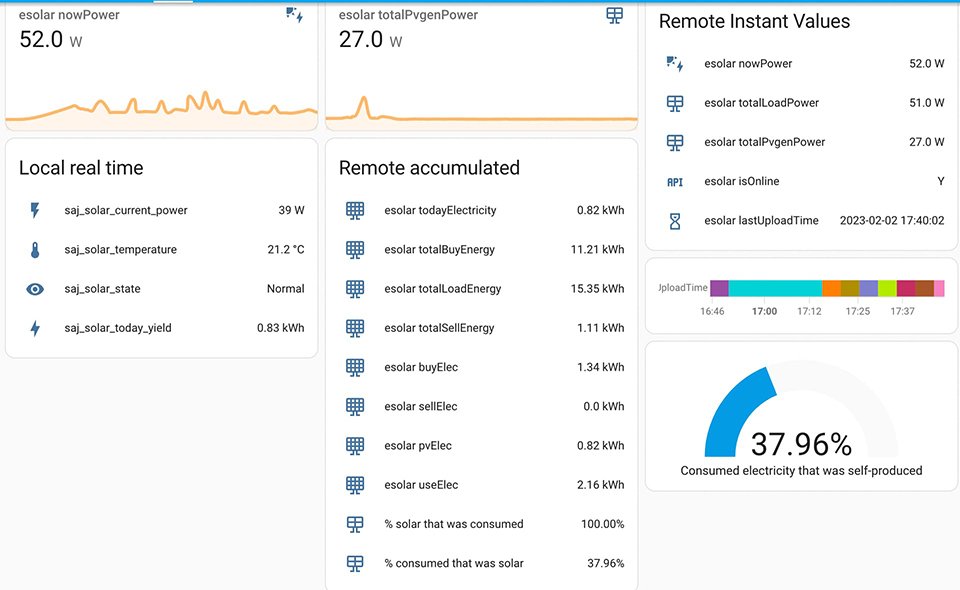
Things to look for:
- Vmp and Imp per MPPT channel: This is the voltage and current where your panels make the most power. They should be about what you expect for your panels in the current weather. If one MPPT channel is very different from others (if you have more than one), that string might have a problem.
- Power from each MPPT: If your roof parts are similar, the power from each MPPT should be similar too. This can show if some strings are not making as much power.
- String Voltages (Voc): This is the voltage when no current is flowing. It should be steady for similar strings.
- Daily Power Curves: On sunny days, these should look like smooth hills. Quick dips or flat tops (which can be normal if you have lots of panels) can tell you something. If you see the power changing a lot compared to the voltage (dP/dV more than ±2%) during the day, it might mean panels are mismatched or there’s new shade.
MPPT & Storage: “Synergy Magic” in Hybrid Inverters
MPPT is just as important in solar systems that have batteries. It might even be more complex. These are hybrid systems, like those using SAJ H1, H2, H2 LV hybrid inverters. Or their All-in-One energy storage systems (HS2, HS3, CHS2).
In hybrid systems with batteries, MPPT works with the battery and energy manager. This makes sure solar power is used smartly for your home, for charging, or for selling back.
Here, the MPPT doesn’t just send power to the grid or your house. It also smartly manages charging the battery.
The "synergy magic" is how everything works together. The MPPT, the battery’s brain (BMS), and the whole system’s brain (EMS) all talk to each other. This means a few things:
Smart Power Routing
The system can choose where the solar power should go very fast (like in less than 100 milliseconds).
- It can go straight to your house.
- It can go to the battery.
- It can go to the grid.
This stops power from being changed from DC to AC and back again too many times. That wastes a bit of energy. This smart way of sending power can make the whole system about 1.5% more efficient.
Optimized Battery Charging
The MPPT sends the most solar power possible to the battery when it needs charging. It looks at how full the battery is and how it likes to be charged.
Advanced Energy Strategies
In businesses or homes where power costs more at certain times, the MPPTs in hybrid inverters (like SAJ H2 three-phase ones) work with the battery.
- They store cheap solar power.
- Then they use it when grid power is expensive.
This can cut down high-demand power charges a lot, maybe 10-15%. This approach has made a big difference in making C&I storage projects a better deal.
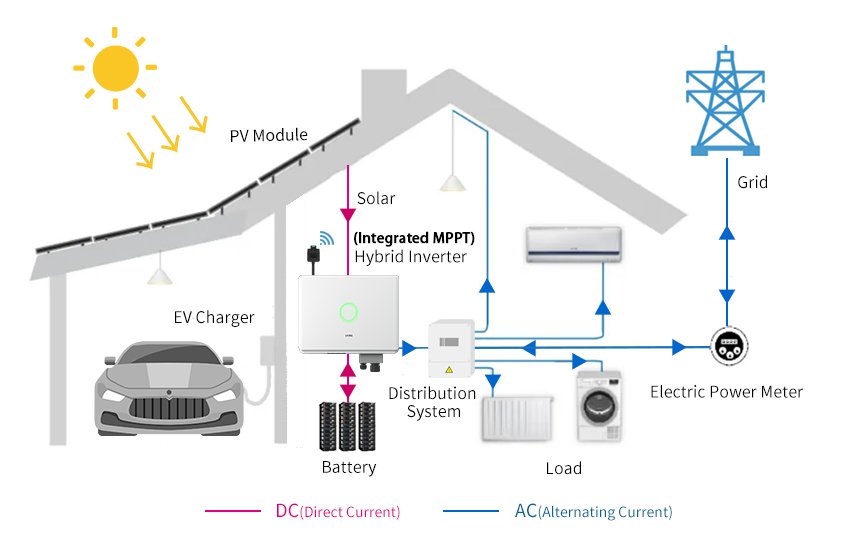
Wrap-up for MPPT
So, what’s the main thing to remember about MPPT?
Basically: A good MPPT is like an "efficiency booster" for your solar money. This means one that’s accurate, has multiple inputs if needed, can handle high currents, and maybe even has AI smarts. It’s key to getting the most kilowatt-hours (kWh).
A good MPPT is vital for getting the most energy and best value from any solar panel system, whether it’s for the grid or with batteries.
It can help cut down other costs. For example, less wiring with multi-MPPTs. It can lower the chance of problems by helping find them. And it’s super important for good battery storage. It might even help you be part of future smart grids (Virtual Power Plants).
Some advice if you’re planning a solar project:
- For grid-tied systems (no battery):
- Think about having plenty of panel power (DC oversizing).
- Have at least two MPPT inputs if your roof isn’t simple.
- Make sure the inverter can handle high current from new powerful panels (like 22A inputs).
- Online tools to check I-V curves are almost a must-have now.
- For battery systems:
- Choose hybrid inverters with smart MPPTs.
- They should send power quickly where it’s needed.
- And they should work well with knowing how full the battery is. This is good for today and for new smart energy ideas tomorrow.
Putting money into an inverter with great MPPT tech isn’t just spending. It’s investing in getting more energy and a better system for a long time. Make sure it’s a big part of your choice!

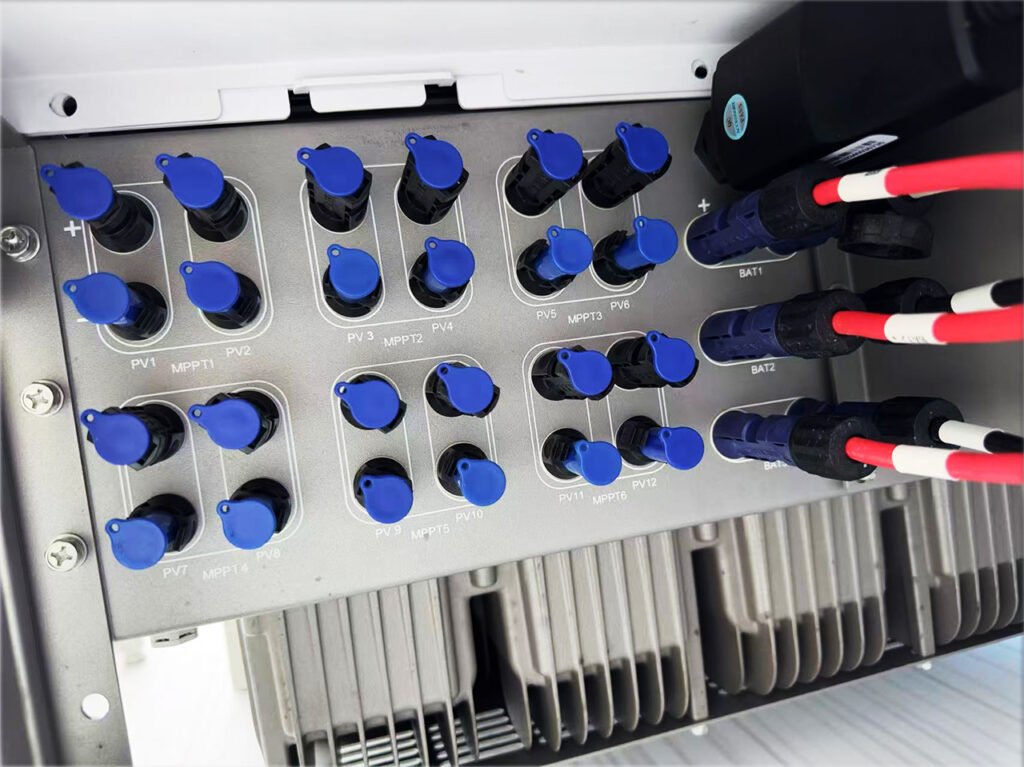

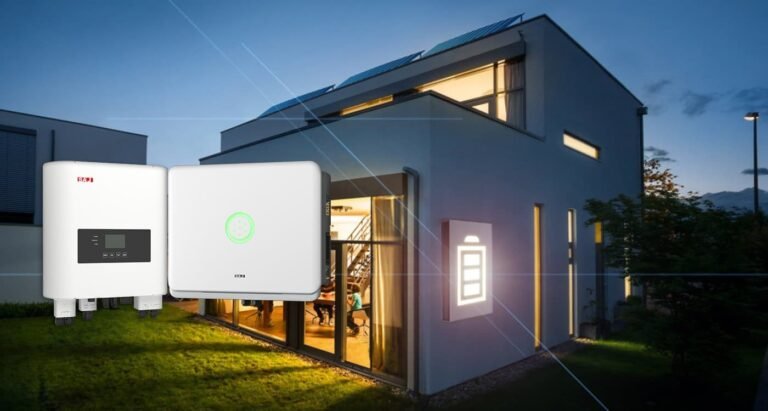
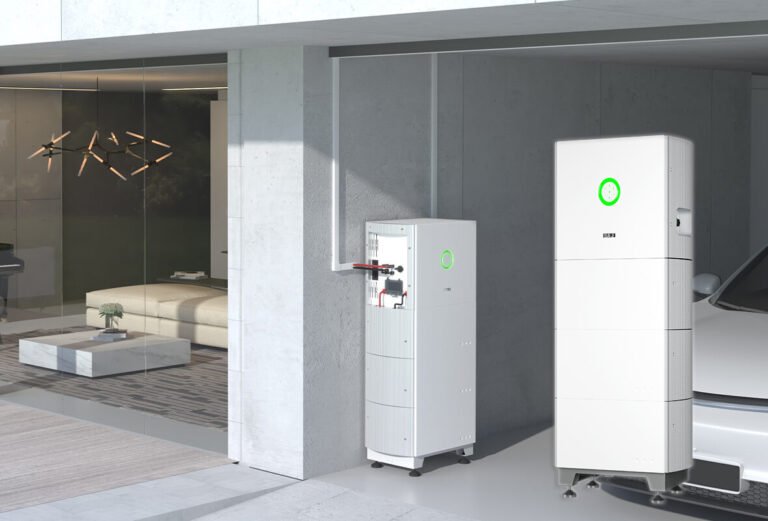
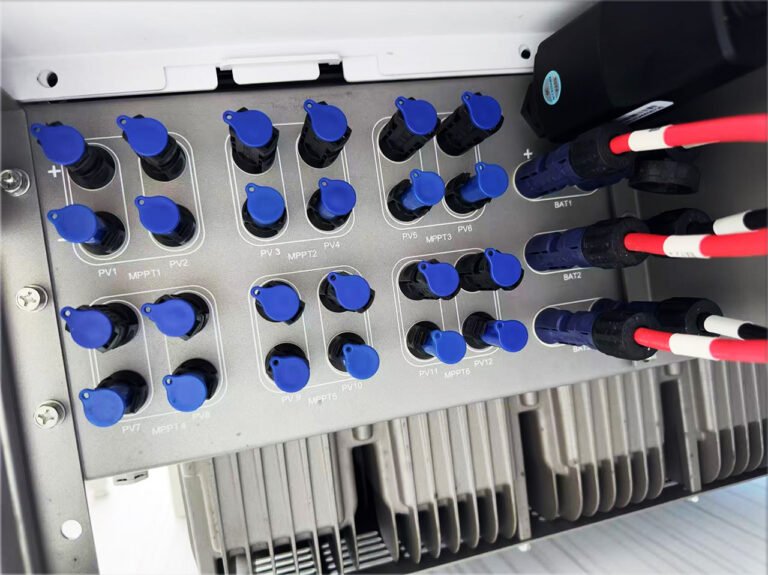

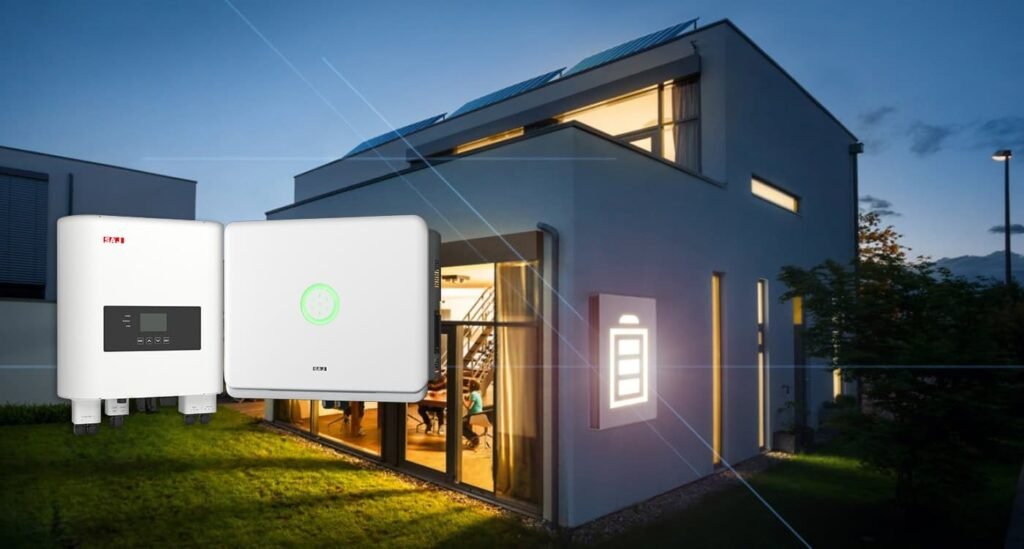

Hi, this is a comment.
To get started with moderating, editing, and deleting comments, please visit the Comments screen in the dashboard.
Commenter avatars come from Gravatar.